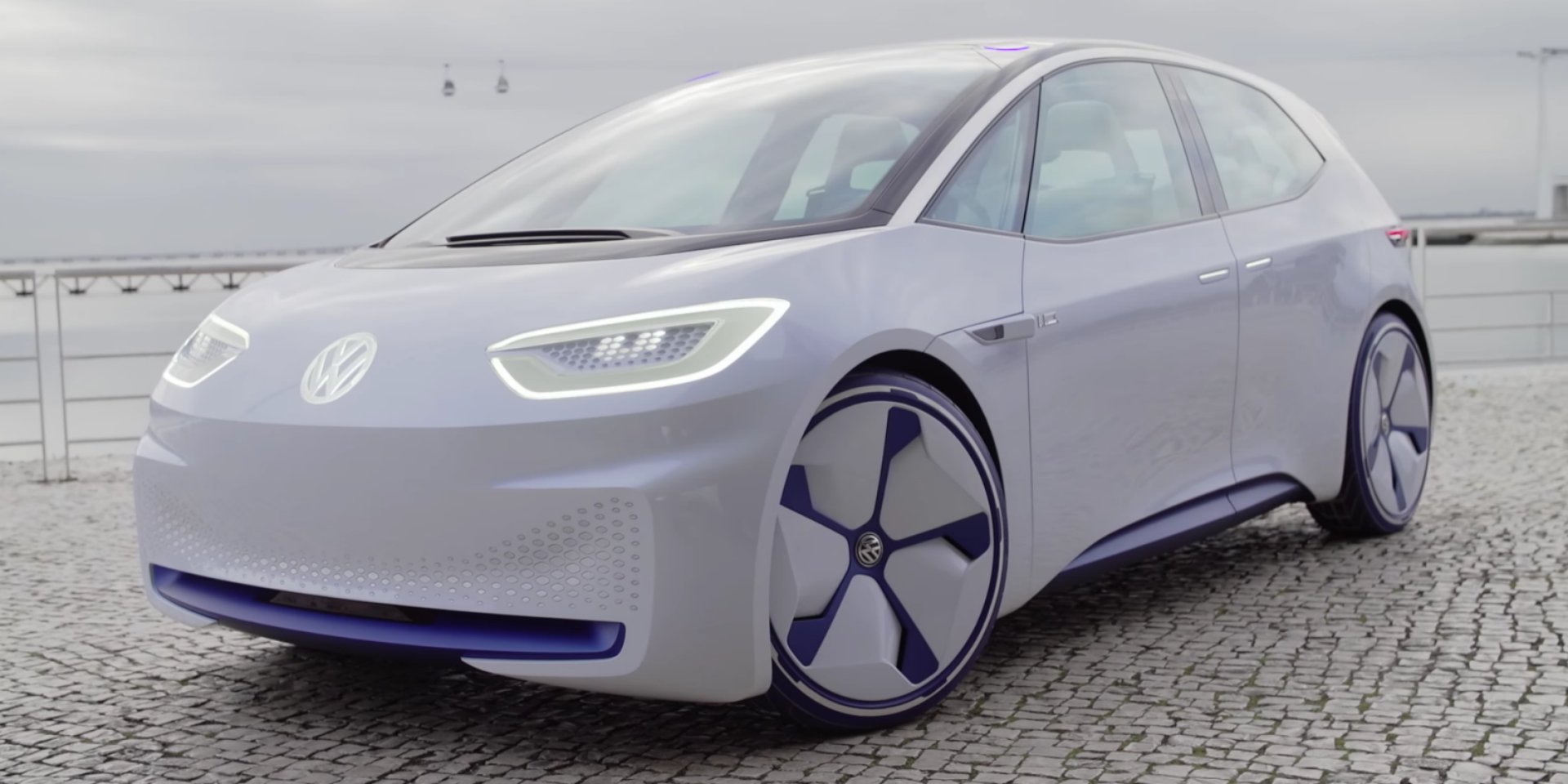

As part of the settlement for its diesel-emissions cheating, Volkswagen agreed to invest $2 billion in zero-emission vehicle infrastructure. The company created Electrify America to oversee how that money is spent and is moving ahead with the first phase of its plan.
Electrify America will install 2,800 electric-car-charging stations by June 2019. The stations will be spread across 500 sites (each with multiple stations) in 17 major U.S. metropolitan areas. All stations will be 240-volt Level 2 AC units, and around 75 percent will be located at workplaces. The rest will be installed at apartment buildings, condominiums, and other multi-family dwellings.
Level 2 stations take longer to charge a car than DC fast-charging stations like Tesla’s Superchargers, but they are cheaper and, in this case, will be installed where cars are likely to spend a lot of time parked anyway.
Electrify America noted that workplaces are the second most likely place where a car will spend time parked, and claimed employees at workplaces with charging stations are six times more likely to drive an electric car than the average worker. The average workday leaves enough time for most electric cars to recover a significant amount of range, making workplace charging a powerful weapon in quelling range anxiety.
The project will proceed in partnership with charging-infrastructure companies SemaConnect, EV Connect, and Greenlots. Those companies will be responsible for actually installing, operating, and maintaining the charging stations. Volkswagen will pay for it all as part of the diesel settlement, and the partners will negotiate with local property owners to secure sites for the charging stations. Any charging stations installed under Electrify America will be open to all electric cars, not just VW’s.
In California, 35 percent of charging stations will be located in “designated low-income or disadvantaged community areas,” according to Electrify America. After creating the nation’s largest electric-car market through a combination of regulations, incentives, and infrastructure projects, the California government has taken a special interest in giving lower-income drivers access to electric cars.
Electrify America has divided the $2 billion Volkswagen must spend under the terms of the diesel settlement into four 30-month, $300 million investment cycles. The car company has a separate agreement with California for four 30-month investment cycles of $200 million each. The vast majority of this money will likely continue to be devoted to electric cars, rather than hydrogen fuel-cell vehicles.